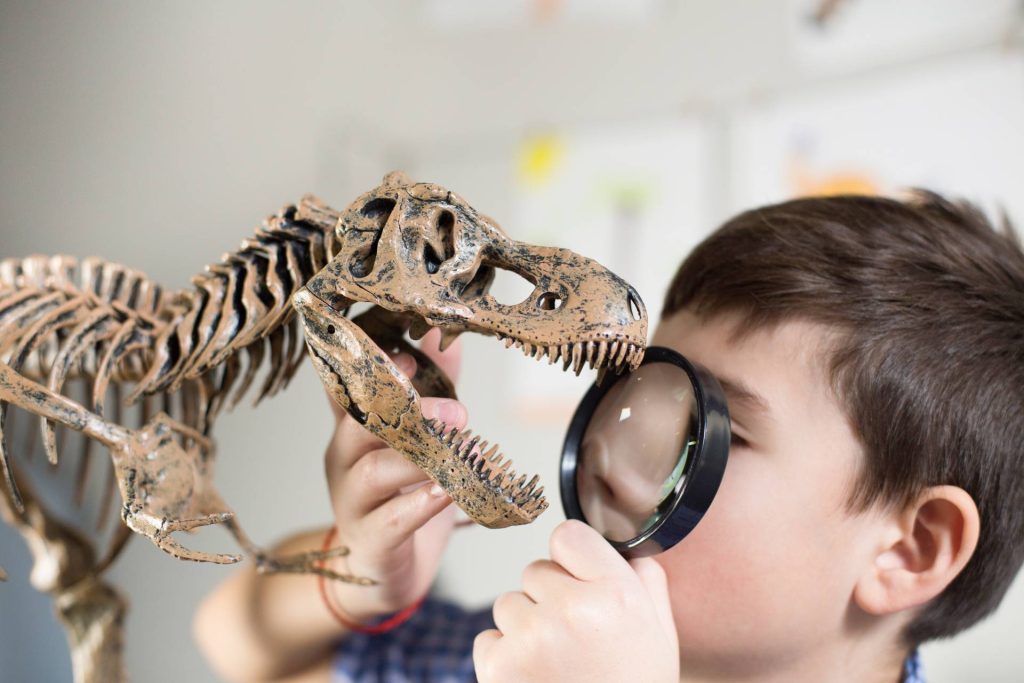Picture the scene: Dusk. The warm light of the sunset colours the beaten ground in shades of red and orange. Everything is silent, except for the wind rustling the leaves and the distant chirruping of insects. A human figure stands out against the background, looking around in silence, careful of every sound. Suddenly, a light rummaging noise reaches his ears. A bush rustles slightly nearby, then stops. But by now there can be no doubt. The human turns to face the creature that he knows will soon come out and show itself. And just a few seconds later, the bush opens up and a creature emerges from the vegetation. For a second, the two protagonists – man and beast – stare at each other, unmoving. Then the creature takes one step forward, tilting its head to one side, emitting its characteristic noise. Without hesitating, the human pushes forwards and with a lightning quick movement… picks it up off the ground, gently stroking the little head covered in white feathers, and smiles. “So that’s where you were, Rosita. You cheeky little chicken. Come on, let’s get back to the henhouse.”
Perhaps this isn’t exactly how you imagine an encounter between a human being and a dinosaur, but in a certain sense this is what happens, every day, all over the world, without any uproar. Chickens. Turkeys. Pigeons. Swallows. Eagles. Penguins. Though the idea of birds being “related” to dinosaurs is relatively well-known and proven through fossils such as that of the Archeopterix, an increasingly vast amount of scientific evidence – both paleontological as well as genetic – confirm that the distinction between birds and dinosaurs is much more nuanced than we previously thought. Modern birds are not simply “related” to dinosaurs: they are, to all effects, the true descendants of dinosaurs. In particular, birds can be classified as a specialised subgroup of pteropod dinosaurs, who escaped the extinction of their fellows and survived until today. The classification of species, in fact, places Aves (modern birds) within Dinosauria, which in turn is part of the Reptilia (therefore, technically, despite what we are taught at school, birds are reptiles). After all, while in daily life we are more familiar with rather small birds, we cannot forget that until quite recently (less than two million years ago) gigantic birds existed, the so-called South American “terror birds” which could reach heights of up to three metres (the ceiling of an apartment), showing how difficult it is to trace a clear boundary between dinosaurs and birds.
Still today, after almost two centuries of scientific studies on these fascinating creatures, there are still some particularly interesting and debated aspects: for example, if dinosaurs, or some of them, were in fact feathered like modern birds, and in what proportion of their bodies. While we have a rather certain understanding that some gigantic dinosaurs such as diplodocus and triceratops had a skin that was similar to that of modern pachyderms, and that the smaller ones, such as velociraptors, were feathered, the matter of others is much more complex, and new paleontological findings continually shift the consensus of the scientific community. Other questions on which we are learning more and more regard the behaviour of dinosaurs, such as parental care or social dynamics. Interpreting the behaviour of extinct species is always difficult, but we base our interpretations on what we know of similar species or species that occupy similar ecological niches, on their environment and habitat, as well as on reconstructions of their biomechanics thanks to the use of computer simulations.
This continual evolution of knowledge could in some way leave us a little disoriented: how is it possible to trust science, if information changes all the time, sometimes even completely overturning what had been given as certain not long before? It is a legitimate question, but the key to the answer has to be in the transparency of scientific research. In fact, sure of its humble origins of a knowledge born from tangible evidence, it has to be strong enough to know how to recount its changes and evolution, and not only in that kind of crystallised knowledge that at times is shared in scholastic environments.
But how can this subject offer occasions for learning for those working in didactics and education? Dinosaurs hold a place of honour in the collective imagination, but especially amongst children. From toys to cartoons, films to videogames: tyrannosaurus and velociraptor, brontosaurus and triceratops inhabit huge parts of entertainment for various age ranges. The reasons for this affinity may be many: from their gigantic size, a source of admiration, to the mystery of creatures that disappeared over time to re-emerge from the land the reveal a lost world, all the way to the mythological stories of dragons and terrifying monsters that seem to have come straight from the world of fairy tales. This passion for “terrible reptiles” therefore offers us an extraordinary occasion not only to show the wonders of the natural world, both past and present, but also to talk together with children about the continual evolution of knowledge itself, how science proceeds and improves, on the continual search for new answers. And new questions.










